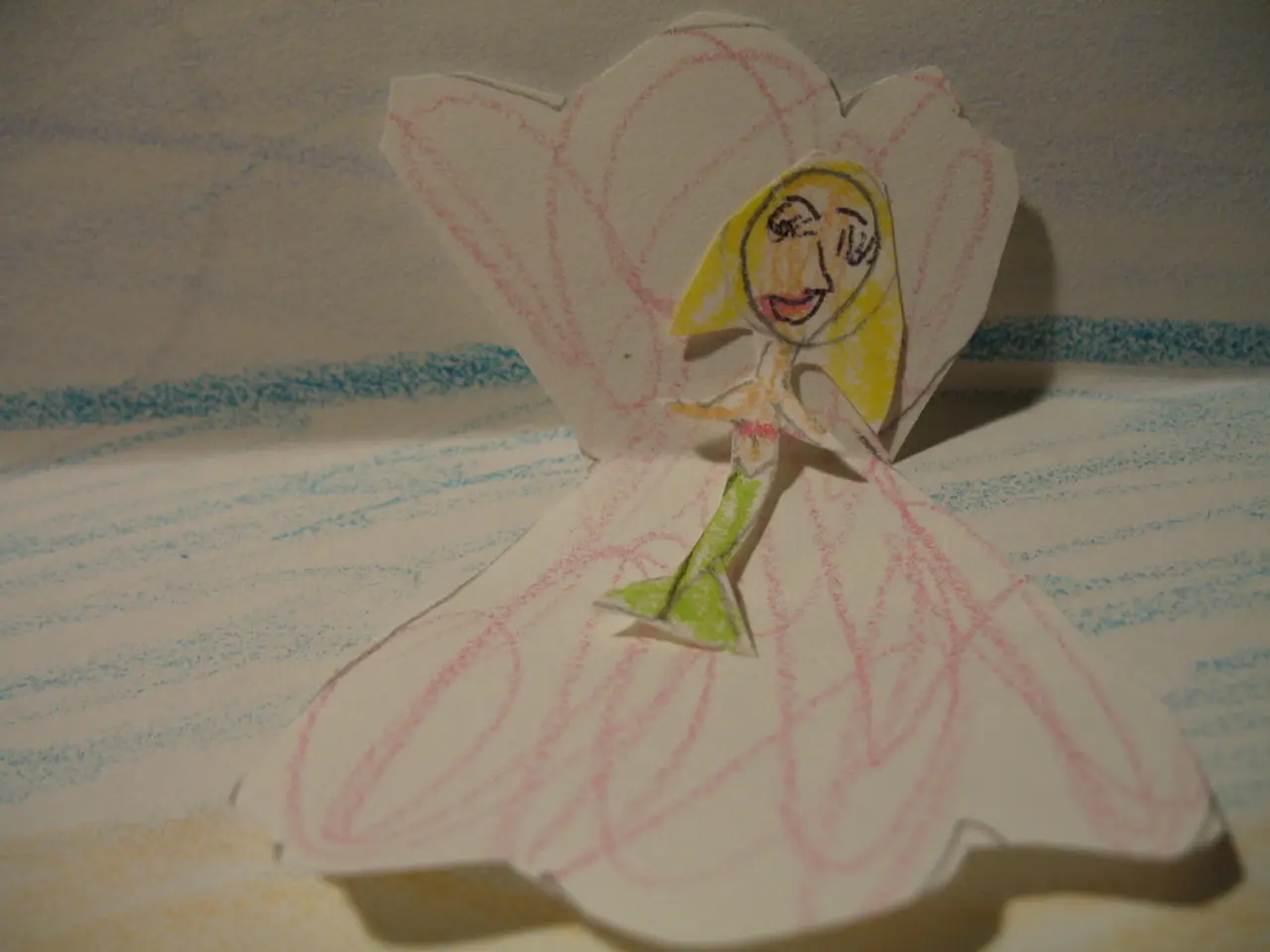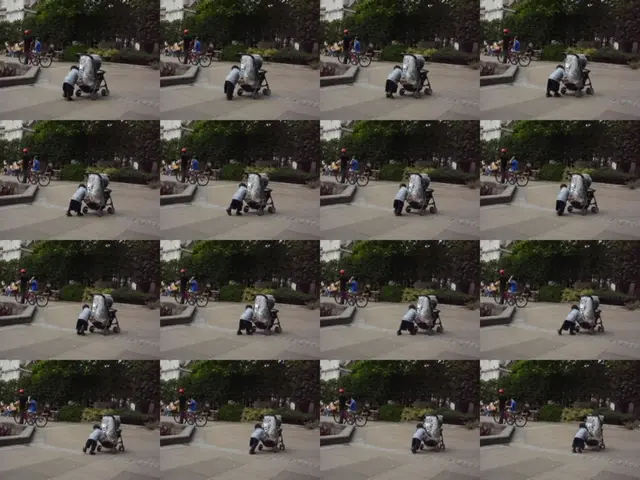Enhancing your video game art through the application of comic book drawing methods
In the realm of digital art, comic inking and rendering have become a popular and sought-after skill. One artist shares their approach to creating stunning comic art using a triadic palette of greens, complementary accents for blue and orange elements, and the best digital art software for the task.
The artist begins by sketching a line drawing, finalising the design in its simplest form to ensure a strong foundation for the later stages. This is followed by the inking process, where the artist focuses on inking the shadows to reduce the amount of rendering needed and solidify the form through silhouettes.
Once the inking is complete, the artist applies flat local colours using the colour key as a guide. The black ink work does a lot of the heavy lifting when it comes to rendering. The artist then adds colour variation, keeping to a three-band cel shading look, and paints in some glow on certain lighting areas using Colour Dodge.
To cement the comic-style rendering, the artist adds a noise layer, mimicking the printing process. For those looking to refine their skills in Photoshop, the artist recommends a list of tutorials.
When it comes to the workflow, the artist duplicates and flattens non-essential layers before rendering the background. The artist then softens the ink by creating an alpha channel mask on top of the line-art and ink layer. The style creates high contrast in key areas, forcing good habits such as breaking down the image into value groups, creating strong key lighting, and crafting well-defined forms.
To enhance the workflow, a high-quality tablet like the Wacom Cintiq or XP-Pen is recommended. These tablets offer high pressure sensitivity, tilt recognition, programmable shortcut keys for tool switching, and a screen with good resolution and colour accuracy for precise inking and colouring.
By following this step-by-step guide and utilizing the right tools, digital artists can create professional-quality comic art that stands out in the digital world.
- The artist utilizes digital art software to accomplish the task of creating striking comic art.
- The sketching phase initiates the creation process, forming the basis of the design.
- After the sketch, the artist transitions to the inking stage, focusing on the shadows and silhouettes.
- Following the inking process, local colors are applied based on the initial color key.
- The use of a triadic palette, with greens, blue, and orange accents, is a defining factor in the artist's art and UI.
- Color variation is added, maintaining a three-band cel shading appearance.
- In select lighting areas, the artist employs Colour Dodge for a glowing effect.
- To achieve the comic-style rending, the artist incorporates a noise layer simulating the printing process.
- To advance one's skills in Photoshop, the artist suggests a list of tutorials for guidance.
- When employing the workflow, the artist advocates the use of high-end tablets like Wacom Cintiq or XP-Pen for enhanced precision.
- As digital art continues to evolve, techniques for illustration, 3D modeling, animation, and graphic design such as poster and layout creation can also be mastered using these methods and gadgets, further expanding one's creative possibilities in the digital world, fusing art with technology.








